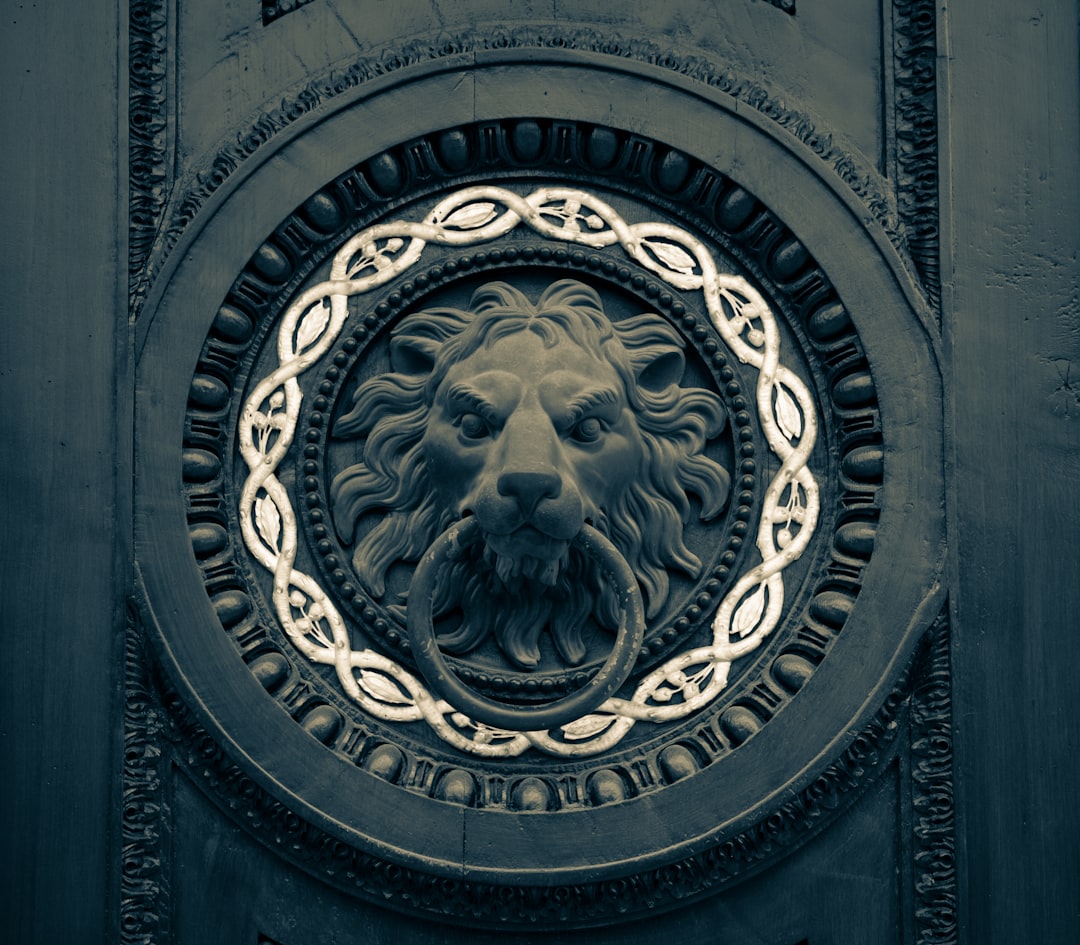Building a strong, recognizable brand identity is essential for success in the ever-competitive world of sports, fitness, and health. Whether you’re launching a neighborhood gym, an international sports franchise, or a cutting-edge fitness app, one key element sets the tone for your entire brand: your logo. The right logo doesn’t just look good—it inspires trust, motivates action, and represents your core values to your audience.
TL;DR: A powerful logo can elevate your sports club, gym, or fitness app by communicating energy, discipline, and unity. The best logos are simple, memorable, and versatile—whether they incorporate iconic symbols, strong typography, or dynamic imagery. This article explores 12 logo ideas tailored specifically to different niches within the fitness and sports industries. Use these ideas as springboards to create the visual backbone of your brand.
1. Minimalist Monogram
Sometimes, less is more. A monogram logo using the company’s initials in a strong, bold font exudes professionalism and modernity. Using clean lines and negative space, minimalist logos are ideal for fitness apps and boutique gyms looking to attract a tech-forward or stylish clientele. They translate well across platforms, from mobile apps to apparel.
2. Animal Inspiration
Strong animals like lions, wolves, or eagles often symbolize power, agility, and dominance—perfect for sports teams or intense training gyms. Choose an animal that aligns with your brand’s core values and philosophy. Stylized, aggressive illustrations can channel the competitive spirit central to athletic environments.

3. Vintage Athletic Badges
Retro badge-style logos lend a sense of tradition and grit, evoking old-school boxing gyms and classic sports uniforms. These are excellent for grassroots clubs or fitness centers that want to project authenticity and hard work. Stick to muted colors like navy, burgundy, or khaki, coupled with distressed textures for the best effect.
4. Motion Lines and Dynamic Shapes
Fitness is all about movement, and your logo can reflect that. Use motion lines, action poses, or abstract speed elements like swooshes to convey energy and forward momentum. It’s a go-to choice for running clubs, performance-based fitness apps, or competitive sports organizations.
5. Typography First
Typography-centric logos can be surprisingly powerful when the font choice is deliberate and distinctive. Consider bold, geometric fonts or custom lettering that amplifies your gym’s attitude—be it aggressive, inspirational, or welcoming. Incorporating slight modifications such as a barbell replacing a letter “T” can add personality without clutter.
6. Modern Shield Logos
Inspired by traditional family crests or military badges, shield logos project authority and unity. This style is particularly suitable for sports academies, football clubs, or martial arts dojos. By combining symbols—such as flames, helmets, or weights—within the shield, you can create a rich, narrative-driven design.

7. Negative Space Mastery
Crafting an image using the negative space between or inside letters is an expert-level design move that catches attention and signals creativity. This style plays well in high-end fitness studios or digital-first platforms that value innovation. When executed correctly, the audience experiences a moment of discovery that strengthens brand memorability.
8. Abstract Icons
If versatility is your aim, consider abstract geometric shapes that form a unique pattern or mark. These logos are scalable, easily recognized, and not tied to a specific sport or activity. Think of them as the Nike swoosh of your own brand—symbolic, sleek, and timeless. Use bold colors like reds and oranges to suggest energy and movement.
9. Human Form Silhouettes
The human form—running, lifting, jumping—offers instant recognition and relatability. Silhouettes suggest motion and discipline, and they’re great for gyms and personal trainers. Keep the pose dynamic, and consider integrating it with typography or circular logo styles for added impact.
10. Fitness Equipment Icons
Incorporate imagery of kettlebells, dumbbells, jump ropes, or treadmills within your logo to instantly communicate what your business is all about. Subtlety is key here—rather than using a literal photo-like image, work with simplified, stylized versions that blend seamlessly with text elements.
11. Futuristic Digital Aesthetic
Fitness apps and online training platforms often benefit from logos that reflect technological advancement and connectivity. Try ultramodern gradients, linear patterns, or even implied networking nodes. Paired with sharp fonts, this approach instantly appeals to a digitally native audience looking for cutting-edge solutions.
12. Layered Typography + Icons
Combine multiple elements—such as stacked text intertwined with imagery—to create a more layered and involved logo design. This is perfect for larger gyms or sports complexes that offer broad services. It allows you to inject more depth into your identity while keeping all elements clearly delineated.
Guidelines for Choosing the Best Logo Style
Before choosing or designing a logo, ask yourself a few critical questions:
- What emotion should the brand evoke? Discipline? Energy? Belonging?
- Who is the primary audience? Casual gym-goers, competitive athletes, or tech-savvy app users?
- Where will the logo be used? Think digital interfaces, uniforms, signage, merchandise, etc.
Take these considerations into account and test different versions of your logo in various sizes and on different backgrounds. A well-chosen logo should look just as impressive on a smartphone screen as it does on a gym mural or a soccer jersey.
Final Thoughts
Creating a strong logo is not just a graphic design task—it’s a brand-building milestone. The 12 logo ideas outlined above serve as a foundation to help you visually define your sports club, gym, or fitness app’s mission and value. Make sure the final design reflects not just the immediate appeal but also the long-term vision of your brand. Invest in quality design, get feedback from trusted users, and aim for clarity, versatility, and emotional impact.


